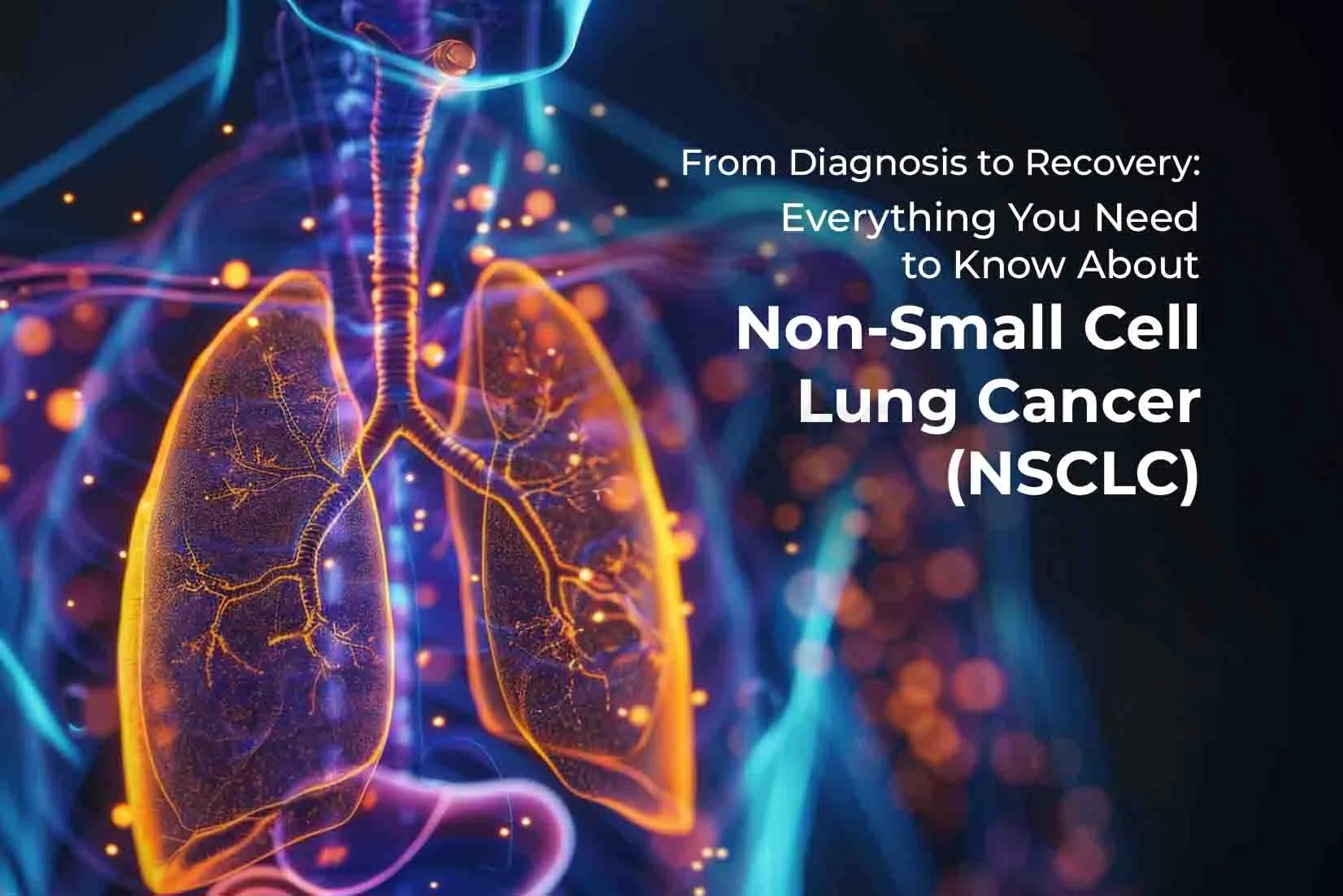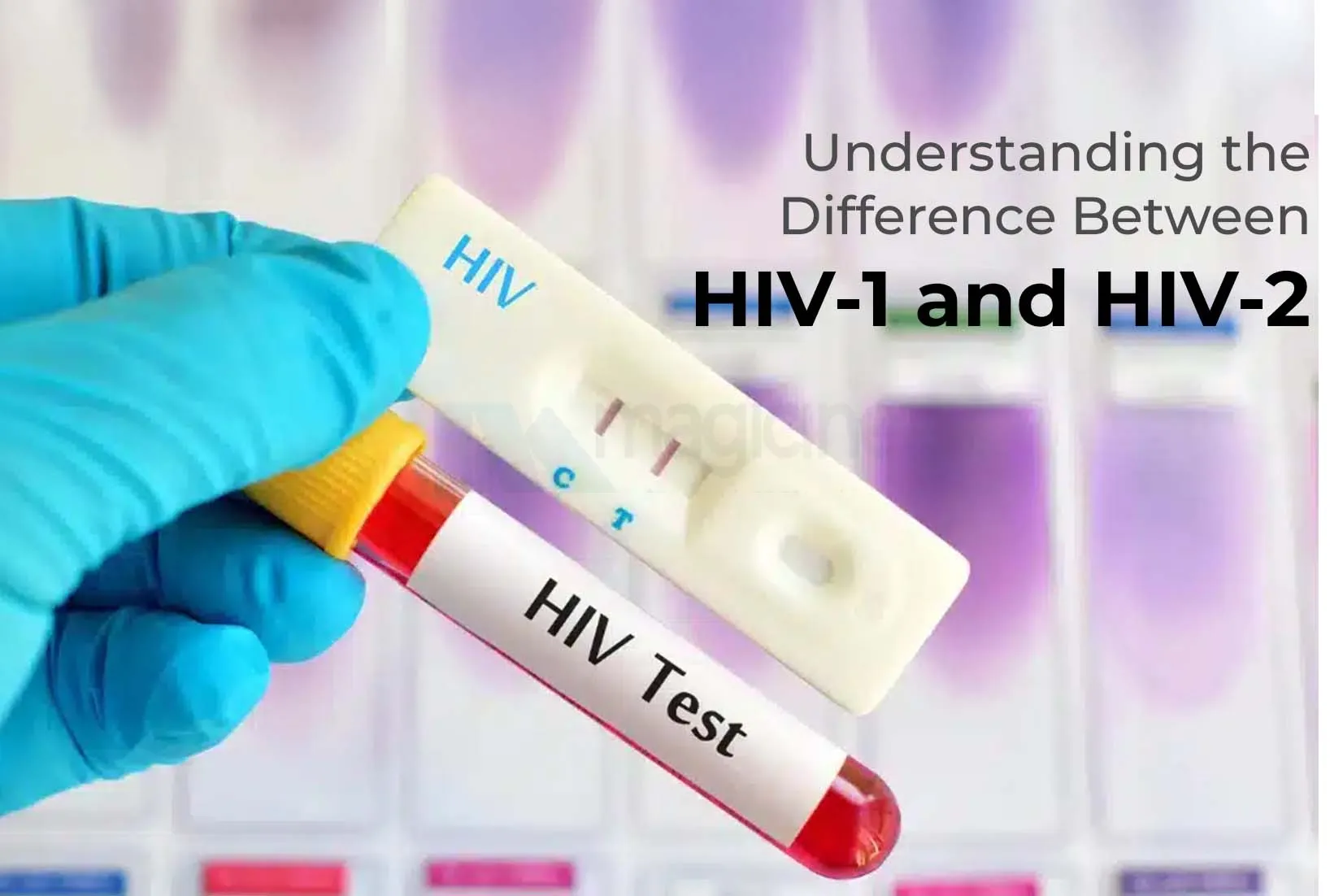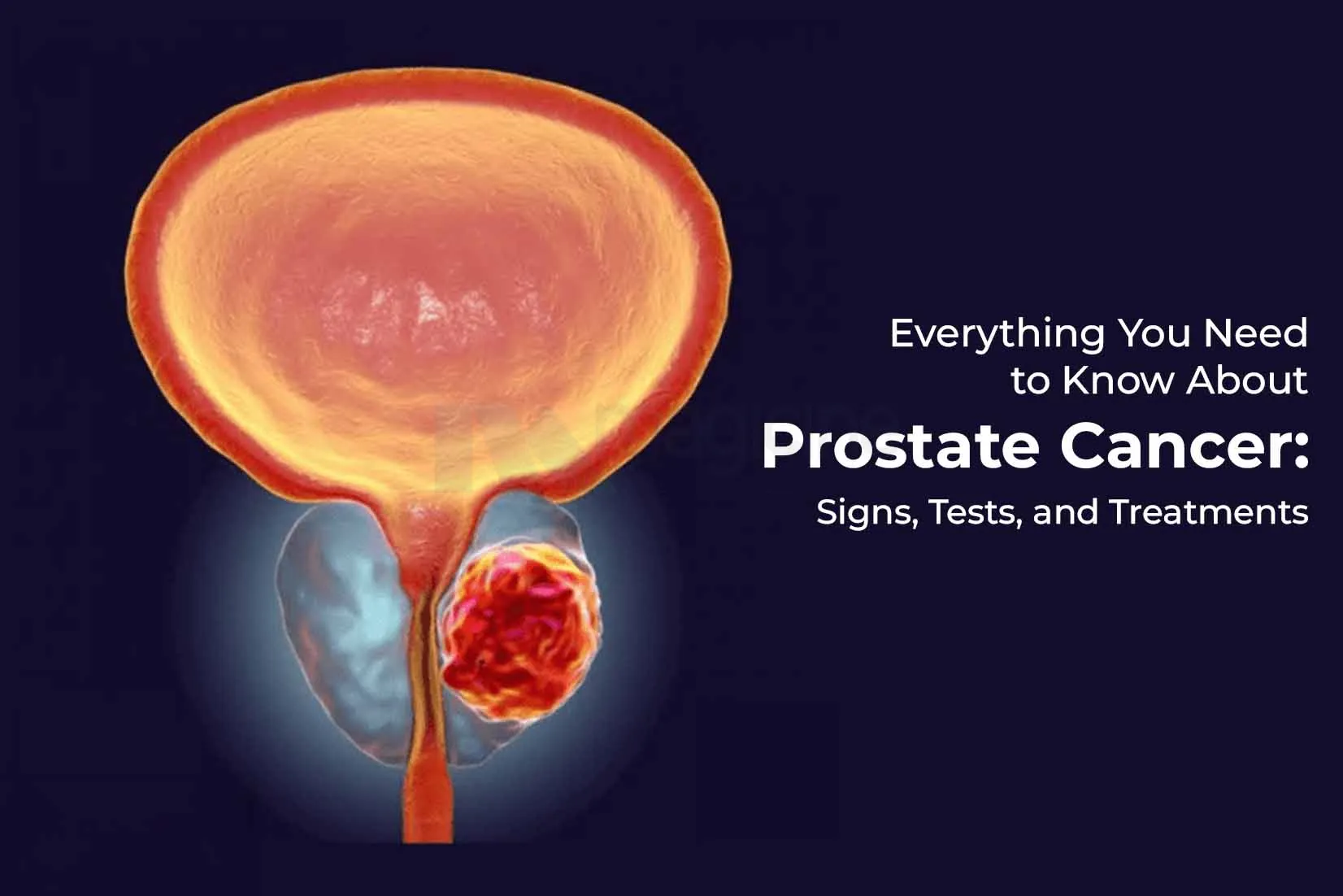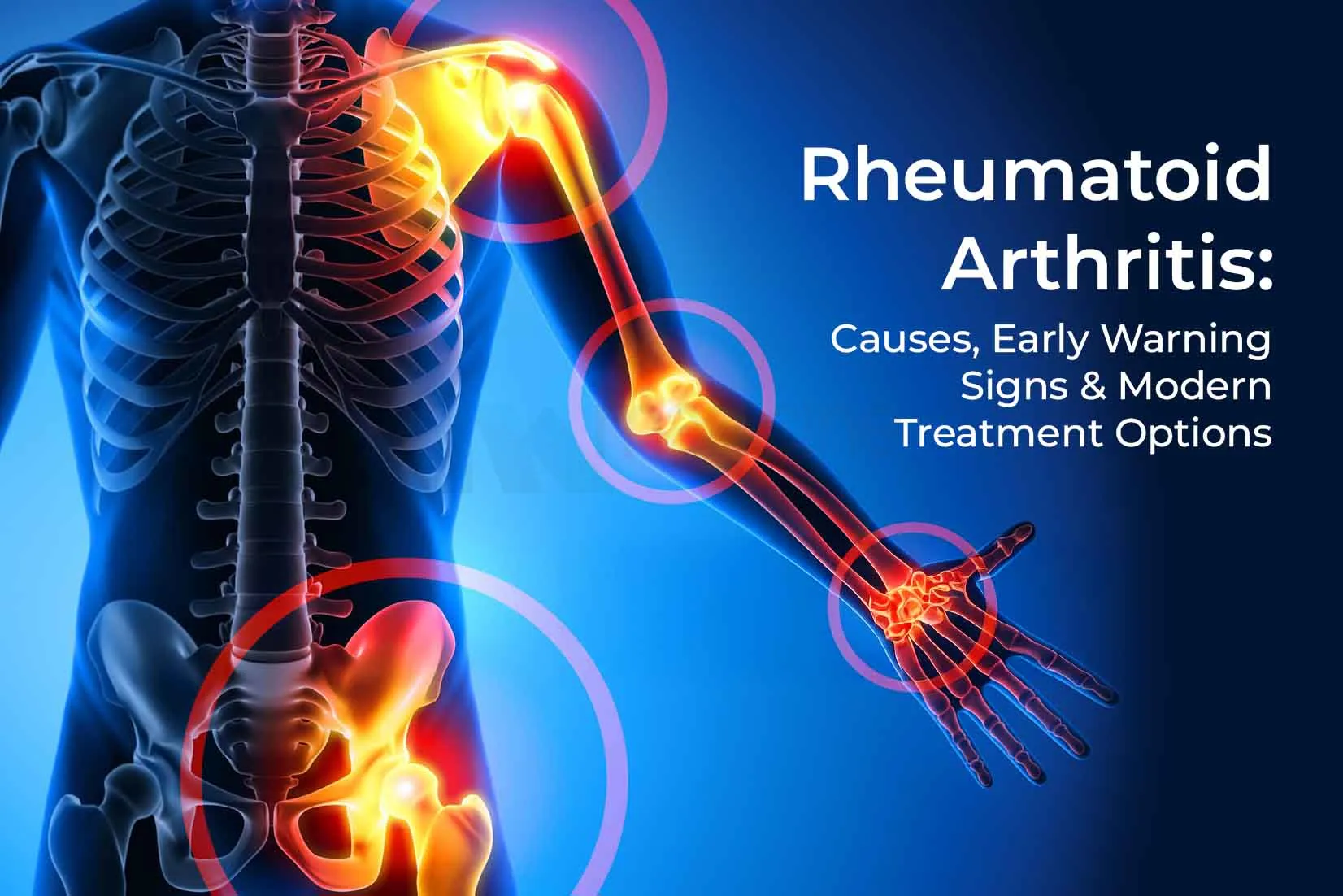How Pollution Affects Your health and Skin and How to Protect It

By Nonish Sharma / 31st October 2025
Every day, billions of people are impacted by air pollution, which is a major worldwide concern. Although a great deal of debates focus on harm to the heart and lungs. The skin, which is our main organ of shielding, is also continuously under harm. There are many factors that may damage the skin's natural barrier including even indoor pollutants like dust or kitchen smells, cigarette smoke, outdoor pollution, emissions from factories, traffic fumes, and many more.
Due to this exposure many skin issues can occur, like dryness, irritation, blocked pores, breakouts, inflammation, uneven tone, early signs of aging like wrinkles and dark spots. Let's Understand how pollution affects skin & overall health and how to prevent it. Learn how to make it easier to choose better skincare & lifestyle choices for long-term wellbeing.
How Pollution Affects Your Health
Exposure to contaminated or highly polluted air has well-known effects on our overall health. Fine particulate matter like PM₂.₅ and other airborne toxins are responsible for increasing the risk of respiratory diseases, heart disease, stroke , and even premature death. But this impact does not limit to the lungs or cardiovascular system. These pollutants can also reach the skin, immune system, and other organs.
Substances such as ozone (O₃), nitrogen dioxide (NO₂), and poly-cyclic aromatic hydrocarbons (PAHs) interact with body tissues that is responsible for triggering oxidative stress, inflammation , and cellular damage. Health implications include allergic reactions, flare-ups of eczema, worsening of chronic inflammatory disorders, accelerated ageing , and in some cases an elevated risk for skin cancers. Therefore, pollution and health effects must be viewed in a collective way. Skin issues may show deeper underlying damage from long-term exposure to environmental toxins & systemic stress.
How Pollution Damages Your Skin
Skin is the body’s primary line of defense. The barrier the outermost layers of skin acts like a protective fence that keeps many toxins out and retains moisture and healthy lipids. However, pollution undermines this barrier in several ways.
What Pollution Does to Skin at a Biological Level
Skin is the largest organ and serves as the first line of defense from the external environment. Pollution can attack this defensive mechanism both directly & indirectly. Various biological pathways have been identified.
Oxidative stress: Pollutants like PM₂.₅, ozone, & PAHs produce free radicals in skin cells and damage lipids, proteins, and DNA. A research study of human keratinocytes treated with particulate matter found gene expression changes consistent with oxidative damage.
Compromised skin barrier: Destruction of lipids and tight junctions in the epidermis enhance transepidermal water loss (TEWL). Particulate matter exposure has been shown to cause barrier dysfunction.
Inflammation and immune activation: Pollutants activate the aryl hydrocarbon receptor (AhR) and NF-κB signaling in skin, leading to an inflammatory cascade, redness, sensitivity, and long-term damage.
Acne, pore blockage, and extrinsic aging: Pollutants become trapped in pores or on the skin's surface. They mix with sebum and dead skin cells that cause blocked pores, acne flares, and uneven texture. In addition, some evidence also shows how pollution contributes to wrinkles and pigmentation by accelerating extrinsic ageing.
Thus, pollution harms skin not only superficially but also at cellular and molecular levels. As pollution is weakening its barrier, disrupting its renewal, producing inflammation, and accelerating ageing.
Air Pollutants That Damage Skin
Numerous specific pollutants are major contributors to the deterioration of skin. Gaining insight into these factors is essential for developing protective strategies.
PM₂.₅ (Particulate Matter < 2.5 µm): These minute particles penetrate deeply, affecting the skin’s surface and potentially entering pores. Some research studies also found a strong connection between PM₂.₅ exposure and skin barrier damage, eczema risk, & pigment spot accumulation.
Nitrogen Dioxide (NO₂): As a pollutant primarily associated with traffic, NO₂ has been associated with the formation of pigment spots, signs of skin aging, and increased sensitivity.
Ozone (O₃): Though invisible, ground-level ozone reacts with skin surface lipids, generating oxidative by-products. Evidence shows combination of UVA + O₃ increases oxidative stress on skin significantly.
PAHs (Polycyclic Aromatic Hydrocarbons): Released by combustion (traffic, industry), these lipophilic compounds attach to skin, penetrate, and generate reactive species inside skin cells contributing to ageing and possibly skin disease.
By knowing which pollutants are especially harmful, better protective skincare and lifestyle strategies can be adopted.
What Scientific Research Says & Real-Life Case Studies
There are various research studies that support a strong connection between skin conditions & air pollution. For example, increased pollution levels correlate with greater instances of redness, more brown spots, and an increase in wrinkles.
In one study, exposure to NO2 and PM2.5 was associated with accelerated skin ageing and higher incidences of pigment spots in a population of adults.
Another review found that air pollution can exacerbate conditions such as eczema, psoriasis, and Atopic dermatitis.
Real-life implication: Living near busy roads or industrial zones often means experiencing more skin damage, urban populations in high-pollution cities tend to show more signs of skin ageing.
Long-Term Health Effects of Air Pollution
Long term or chronic exposure to air pollution has severe and long-lasting effects on health which can affect multiple parts of the body. Which makes it more serious concern than just a temporary discomfort. According to one research study, long-term exposure to pollutants such as ozone (O₃) & fine particulate matter (PM₂.¹) can increase the risk of various conditions such as neurological disorders, diabetes, respiratory conditions, cardiovascular disease, and even cancer.
Important points to be observed:
Various factors like reduction in life expectancy, higher death rates from lung cancer, and heart disease are all linked with lifelong exposure to PM₂.
Metabolic disorders are linked to air pollution. For example, diabetes mellitus may be worsened by long-term exposure.
Neurological outcomes such as cognitive decline, dementia, and developmental issues in children are increasingly associated with chronic pollution exposure.
Vulnerable populations—children, elderly, people with pre-existing disease, those living in areas of high pollution—carry especially high risk.
In short long-term air pollution doesn’t just "make one sick for a day". It alters organ systems, accelerates ageing, and raises risk for chronic disease.
How Pollution Affects Different Skin Types (Environmental Skin Stress)
Every skin type reacts differently to pollution, which is highly influenced by factors such as skin moisture levels, oil content, and the integrity of the skin barrier. Pollutants cause environmental stress when they accumulate on the skin, which has various effects on different types of skin:
Oily & Acne-Prone Skin
Pollutants found in the air interact with excess oil which block the pores. This can result in the development of blackheads, whiteheads, and other blemishes. Additionally, oily skin may start to look dull due to the accumulation of pollutants.
Dry & Dehydrated Skin
Pollution damages the lipid barrier and decreases the moisture level of the skin. As a result, dry skin becomes rough, and more sensitive. It can cause irritation and fine lines to become more common.
Sensitive or Allergy-Prone Skin
These skin types react differently to toxins & chemicals. In polluted environments, symptoms such as inflammation, itching, redness, and frequent skin conditions like eczema are more common.
Combination Skin
Various parts of the face respond differently. Oily areas become congested, while dry areas feel tight and irritated that complicate skincare routines.
Mature or Ageing Skin
The breakdown of collagen increases when exposed to pollutants and UV radiation together. This increases the appearance of wrinkles, age spots, and uneven texture over time.
Symptoms of Pollution-Related Skin Damage
Common signs & symptoms of skin damage from pollution include:
Dryness & Rough Texture
Pollutants highly reduce the skin’s natural oil that lead to dehydrated, dry or uneven skin.
Dull & Tired Looking Skin
Airborne toxins decrease oxygen supply to the skin and make it appear dull, dark, or tired.
Premature Aging (Fine Lines & Wrinkles)
Free radicals break down the collagen and elastin. It causes early signs of aging such as wrinkles, sagging, and age spots.
Dark Spots & Pigmentation
Pollution promotes melanin production that lead to hyper-pigmentation, especially in area around the cheeks and forehead.
Acne & Breakouts
Pollutant particles block pores and mix with excess oil & bacteria. It triggers pimples, blackheads, and increased acne flare-ups.
Increased Sensitivity & Redness
Exposure to toxins can weakens the skin barrier that result in irritation, redness, burning sensation, and flare-ups of skin conditions like eczema or dermatitis.
Skin Allergies & Itching
Chemicals and dust allergens in the air cause itching, rashes, and allergic reactions in sensitive skin.
Uneven Skin Tone
Continuous exposure causes skin discoloration and patchiness due to oxidative stress and inflammation.
How to Protect Skin from Pollution (Step-by-Step)
Protection from pollution requires a layered approach: lifestyle, environment, skincare.
Step 1: Double Cleansing Is a Must
Morning and night: remove pollutant particles, dirt, sebum. Use a gentle oil-based cleanser followed by a mild foaming or gel cleanser to ensure surface and pore-level cleanliness.
Step 2: Use Antioxidants
Topical antioxidants (vitamin C, E, niacinamide) neutralise free radicals generated by pollution. Ingesting antioxidant-rich diet (berries, green veggies, nuts) supports the body’s defense too.
Step 3: Reinforce the Skin Barrier
Choose skincare that supports lipids and ceramides, and includes ingredients like panthenol, fatty acids, squalane. A healthy barrier mitigates TEWL and keeps irritants out.
Step 4: SPF + Anti-Pollution Filters
UV rays amplify pollution damage always apply broad-spectrum SPF daily. Use skincare with “anti-pollution” filters or ingredients (e.g., activated charcoal, kaolin, or molecular size filters) that help block particles.
Step 5: Night Detox Routine
At night: consider a mask or treatment that draws out pollutants, a serum rich in repairing ingredients (peptides, growth factors) and ensure good sleep and hydration.
Also reduce indoor pollution: air purifiers, clean bedding, minimal indoor smoking or cooking fumes.
Natural protection for skin also includes avoiding heavy exposure zones (high-traffic roads, industrial areas) when possible, wearing a wide-brimmed hat or even a mask in extremely polluted areas.
Conclusion
Skin damage and pollution are closely linked. As pollution can cause oxidative stress, inflammation, and visible damage to skin. Visible damage include dryness, sensitivity, change in skin tone, ageing, etc. weaken the skin's barrier. Along with the skin pollution also impacts other internal organs of the body and causes serious health problems. By understanding how pollution is impacting and learning ways to get protection against it you can minimize the adverse impact.
Some supplements like HSN vitagoli and Natural Brightening offer natural protection to skin from within as they consist natural plant based ingredients. These supplements help to protect skin health and provide long lasting glow from within. You can avail these amazing products from Magicine Pharma and take a step towards healthy and glowing skin naturally.
FAQs
Can pollution damage the skin barrier and leads to dryness or sensitivity?
A-Yes pollutants can break down skin lipids and weaken the barrier that can lead to dryness & sensitivity.
Is there a direct link between air pollution & skin conditions like eczema, acne or even skin cancer?
A-Yes there are many research studies that show pollution is linked to inflammation like eczema, acne and may also increase skin cancer risk.
Do indoor pollutants matter for skin damage or is it only outdoor air pollution?
A-Indoor pollutants matter too such as fumes, chemicals and poor ventilation can harm skin in same way just like outdoor pollution.
Are skincare routines effective in protecting skin from pollution?
A-Yes if regularly follow in a proper manner like consistent cleansing, antioxidants, barrier support and SPF help to protect skin.
Does every skin type respond the same way to pollution, or are some more vulnerable?
A-Some are more vulnerable. sensitive, dry or barrier-weak skin reacts more as compared to the oily skin as it may have more pore-blockage issues.
References
“Environmental Air Pollutants Affecting Skin Functions with Systemic Implications” — PMC. PMC
“Recognizing the impact of ambient air pollution on skin health” — PMC. PMC
“The impact of airborne pollution on skin” — PMC. PMC
“Air Pollution and Skin Diseases” — Annals of Dermatology. AD Annals of Dermatology
“Effects of air pollution on the skin: A review” — IJDVL. IJDVL
“Research-proven steps to pollution-proof your skin” — UCNET.
Written by

Nonish Sharma
Associate Medical Content Writer at Magicine Pharma
M.Sc Biotechnology from Mewar Institute
About
I am a medical content writer with a strong academic background in life sciences. I have completed M.Sc Biotechnology from Mewar Institute and B.Sc. honors Biochemistry from University of Delhi with hand-on research experience in nano-biotechnology. During my master's research project in "Green synthesis of silica nano-particle using biogenic waste and enhancing its antimicrobial properties by incorporating it with silver and zinc nano-particles for waste water treatment", I have gained amazing experience in synthesis and characterization of nano particles by using different biological techniques and scientific writing. My experience made me capable of writing detailed, accurate, and deep scientific content. I blend my scientific knowledge with medical content writing to simplify complex topics and make them reader-friendly.
No comments available
Related Post
Leave a Comment
Categories
Recent Posts

All You Need to Know About Brain Cancer: Causes, Symptoms, Diagnosis, Treatment and Care
When abnormal brain cells start dividing uncontrollably and develop...

Understanding Pancreatic Cancer: Early Detection, Treatment & Future Directions
Pancreatic cancer is...

How Pollution Affects Your health and Skin and How to Protect It
Every day, billions of people are impacted by...

From Diagnosis to Recovery: Everything You Need to Know About Non-Small Cell Lung Cancer (NSCLC)
Non-Small Cell Lung Cancer (NSCLC) belong to a...

Understanding the Difference Between HIV-1 and HIV-2
Human Immunodeficiency Virus (HIV) is one of the most...

Everything You Need to Know About Prostate Cancer: Signs, Tests, and Treatments
In men above 50 years of age, prostate cancer...

Understanding Stomach Cancer: Causes, Symptoms, Types, Diagnosis & Treatments
Stomach cancer, also known as gastric cancer, originates when...

Build Bigger Biceps: 6 Proven Exercises for Massive Arm Gains
You know, there’s something about strong, well-defined biceps that...

Rheumatoid Arthritis: Causes, Early Warning Signs & Modern Treatment Options
Rheumatoid arthritis is more than just joint pain. According...

Top 10 Best Abs Exercises for a Stronger Core (Beginner to Advanced Guide)
Abs are one of the most talked about topics...








